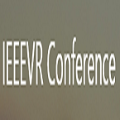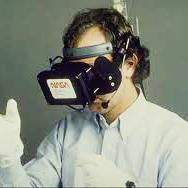
Contouring is an indispensable step in Radiotherapy (RT) treatment planning. However, today's contouring software is constrained to only work with a 2D display, which is less intuitive and requires high task loads. Virtual Reality (VR) has shown great potential in various specialties of healthcare and health sciences education due to the unique advantages of intuitive and natural interactions in immersive spaces. VR-based radiation oncology integration has also been advocated as a target healthcare application, allowing providers to directly interact with 3D medical structures. We present VRContour and investigate how to effectively bring contouring for radiation oncology into VR. Through an autobiographical iterative design, we defined three design spaces focused on contouring in VR with the support of a tracked tablet and VR stylus, and investigating dimensionality for information consumption and input (either 2D or 2D + 3D). Through a within-subject study (n = 8), we found that visualizations of 3D medical structures significantly increase precision, and reduce mental load, frustration, as well as overall contouring effort. Participants also agreed with the benefits of using such metaphors for learning purposes.
翻译:然而,今天的软件只局限于与二维显示器一起工作,而二维显示器不那么直观,需要高任务负荷。虚拟现实(VR)在卫生保健和健康科学教育的不同专业中显示出巨大的潜力,因为隐蔽空间的直观和自然互动具有独特的优势。VR基于辐射肿瘤的整合也被提倡为目标保健应用,使提供者能够直接与三维医疗结构互动。我们介绍VRContour并调查如何有效地将辐射的附着器带入VR。我们通过自传迭代式设计,确定了三个设计空间,侧重于在VR进行附着的三次设计,其重点是在跟踪平板和VRstylus的支持下,以及调查信息消耗和输入的维度(2D或2D+3D)。我们发现,3D医疗结构的直观化极大地提高了精确度,并减少了心理负荷、挫折感,同时利用商定的比喻,学习了参与者的总体努力。




